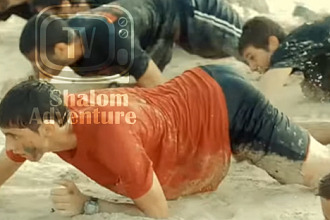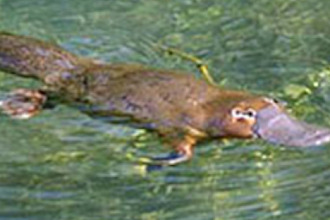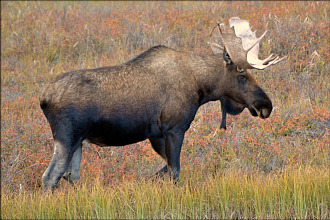The size of seagulls can vary from 11 to 31 inches in length, and researchers say there are over 50 species of them around the world.
They're the most familiar birds of the seashore, and if you come down to the Keys and are at a beach area for any length of time, usually one of these marvelous flying machines will swoop down from the sky to see if you have anything to share with them.
Some large gulls have a wingspread of six feet, with bodies about two feet in length. Any seagull, large or small, can navigate beach terrain well with its webbed feet—and capture needed morsels with its slightly-hooked beak. In their first four years of life many gull species have a complete molt every year, and some twice a year. Those molts can so change their appearance that novice birders sometimes think they have discovered a new species—but it's just a juvenile gull on its way to adulthood.
An adult Herring gull has a red spot on its beak. Next time you see one you can know it's not by accident! When their babies hatch and are hungry those juveniles don't yell for food, they use their own beaks to knock for food! That's right—they indicate hunger by knocking on the parent's red spot. With that signal, the parent knows its child is hungry, and disgorges food into the young gull's mouth. Who "told" baby gull to knock for food? The Creator did, by programming him that way. Talk about an Intelligent Programmer!
Ring-billed gulls, when just hatched, often walk out of their cup-like nest when they're only a day old! (The nest is often simply a depression lined with twigs located on the ground, perhaps among grass or seaweed.) Not by accident those wise parent birds build their nests in colonies, and while the female (who looks just like the male only slightly smaller) is on guard duty to defend her adventurous chicks, the males go searching for food or assume the protective role defending the actual nest and surrounding area.
Notice what the Creator (Divine Programmer) did for the Ring-billed gull: Two-day-old babies have been tested with magnetic bearings and found to have a preference for heading in the direction of the yearly fall migration. That's not by accident at two days of age! When ready to breed, these birds return to within a few feet of the spot where they hatched, then nest where they themselves began life—repeating the journey each year. But there is another unique aspect in Ring-billed gulls that is puzzling at first glance. Why would an adult male, whose job description is to protect his offspring and search for food—instead join a mob of other males who appear determined to make trouble and even risk their lives with their aggressiveness. Yet that is exactly what happens, and not by accident! These gulls, who live in colonies, are watching for danger to their offspring. They have communication signals among themselves and when a possible predator is spotted coming toward their area from some distance away, males will band together and go straight forward to attack or circle the intruder, squawking loudly and/or defecate on the enemy. The predator may be far larger than any one of these gulls, yet the very size and intensity of the "mob" confuses their enemy. If it is indeed a predator, instead of concentrating on locating a meal for himself, of necessity he has to dodge the mass of creatures putting their lives at risk by coming straight at him. The attacker will usually turn away. The gulls continue the chase until their enemy is no longer a threat. Meanwhile their offspring go about their lives oblivious to danger. (Reminds us of the way our Savior arranged protection and life-saving action for us—not only risking His life like the seagulls for their babies, but giving His life so we can live eternally! And we—oblivious as they—go on about our daily lives!)
"NOT BY ACCIDENT 2" (c) Juanita Kretschmar is used by permission and was first published in the book "Not By Accident 2" pages 36-37


























